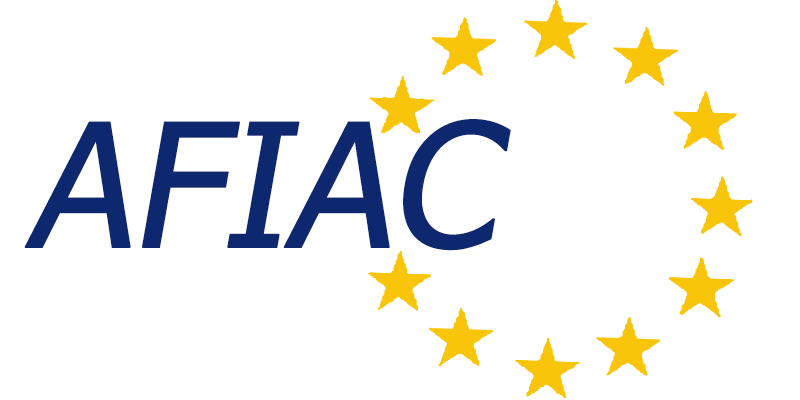Amid increasing inflation and a quickly tightening monetary policy, members of the European Parliament criticised the president of the European Central Bank (ECB), Christine Lagarde, for the bank’s role in the fight against inflation, which some lawmakers called misguided and “behind the curve”.
Lagarde, who has chaired the ECB since November 2019, joined the European Parliament’s economic committee in Brussels for the quarterly monetary dialogue on Monday (26 September), but the lawmakers were in no mood for a warm welcome.
In the euro area, year-on-year inflation reached 9.1% in August. Moreover, although economic activity currently looks healthy, business confidence indicators have tanked and the coming winter looks bleak, with energy disruptions and a possible recession.
The ECB raised its interest rate by half a percentage point in July, and by 0.75 percentage points earlier this month, thus significantly tightening its monetary policy.
Against this background, the lawmakers in the European Parliament had plenty of criticism for the ECB president.
Inflation is driven by supply issues…
Luděk Niedermayer of the centre-right EPP told Lagarde that the ECB was “behind the curve” in its fight against inflation, “doing too little too late.” In his view, a significant part of the inflation was demand-driven, which would allow for more monetary tightening.
Although Lagarde said further rate hikes were likely in the coming months, she reminded Niedermayer that external shocks like the COVID pandemic and Russia’s invasion of Ukraine were “fuelling supply-driven inflation, not demand-driven inflation.”
The root cause of inflation “is largely and predominantly supply-driven inflation,” she said.
A look at what drives the price increase, according to Eurostat, shows that inflation is mostly pushed by energy and food prices, which were most immediately impacted by supply disruptions. However, prices of other goods have started to rise by more than 4% too.
“While supply bottlenecks have been easing, their inflationary impact continues to gradually feed through consumer prices,” Lagarde said.
…but the ECB reacts by curbing demand.
Picking up on the fact that inflation is mainly driven by supply disruptions, the Green member of Parliament Rasmus Andresen pointed out a contradiction in the ECB’s more hawkish monetary policy.
“Rate hikes will not bring down energy prices, rate hikes will not bring down food prices, rate hikes will not bring down monopolies which allow enormous profits for big corporations, and rate hikes will not convince [Vladimir] Putin to end this war,” he said.
Furthermore, Andresen questioned the efficiency of rate hikes when inflation is expected to fall back to 2.3% by 2024, according to ECB’s own estimates.
In her answer, Lagarde reminded Andresen that her inflation target was 2% and that even a slight overshooting of this target warranted a monetary policy intervention, even though she admitted that the ECB could not influence energy prices.
“We do have to take action,” she said.
According to the ECB president, the bank had to act by reducing demand and managing inflation expectations. Thus, even though she admitted that inflation was largely not due to excess demand, she argued for demand reduction, which in practice means less economic growth, less income, and higher unemployment.
Focus on price stability and inflation expectations
This might seem a risky policy given that another recession might be coming this winter and a lot of investments are needed to increase the supply of alternative energy sources, but the reason for this seemingly contradictory policy is likely to be found in the ECB’s mandate, which puts price stability above all other targets.
“The only purpose that has to drive all of us in the eurosystem is price stability,” Lagarde said in response to a question from the liberal lawmaker Caroline Nagtegaal.
“It does have consequences,” the ECB chief admitted, “but the decisions that we made and that we will continue making will be riveted to that compass which is price stability.”
The clear, almost combative comments – which Lagarde chose with intent, as in any of her public appearances – were likely aimed at influencing inflation expectations, the other one of the two levers to influence inflation that she mentioned.
More accountability for the ECB?
The close attention that market participants and politicians have paid to central banks in recent years is a measure of their power to influence everything, from an individual’s mortgage costs to the cost of public debt and eurozone stability.
It is this power to decide the economic fate of Europeans that is increasingly under the microscope.
The European Greens, for example, have become weary of the lack of the ECB’s accountability.
A new study, which the party commissioned from researchers Jens van ‘t Klooster and Seraina Grünewald, argues that “current accountability practices lag behind the dramatic evolution of monetary policy since 2008” and that the European Parliament had “an important role to play in the democratic guidance to the ECB.”
For now, the quarterly two-hour Q&A sessions between the ECB president and the Parliament’s economic committee are among the few possibilities to hold the ECB democratically accountable and to make the bank spell out the reasoning behind its policy decisions and explain possible contradictions.
While it is unclear whether the ECB will move towards more accountability, Lagarde brought one good message for the European Greens.
Starting on the coming Monday (3 October), the ECB will consider the environmental impact of its corporate bond holdings, preferring the bonds of more sustainable firms over the bonds of polluting ones.

